So Close From Far
Is it possible today to establish an equal distance between aesthetic utopia and radical art instead of making a polarization/comparison? Can one possibly talk about a disposition that can renounce the power of art to change the world or the unique singularity of objects? Creating a temporary situation rather than a historic certainty; erasing the distances or avoiding contact; building spaces in the same coordinates that are simultaneously personal and common; being so far but yet so close…
In contemporary art, social sensitivity and socio-critical attitude emerges with individual narratives and personal experiences. Artists with the hold of this visual language that has developed in this vein are discussing, questioning, suggesting and drawing attention to the social problems and traumas such as human rights, war, migration, violence, gender inequality and issues like memory, culture, subconscious, technology, ecosystem and urban renewal from the perspective of their own individual disposition and art practice… In this context, the exhibition titled “SO CLOSE FROM FAR…Socio-personal Narratives from Artists” aims to bring the audience together with the works featuring the lives/events/facts, which are watched on the monitors, screens and TV, as if they are quite far from us but which are in fact nearby and among us. It is intended that the exhibition will gather together the artists that are not far from life, point at the micro situations rather than the grand narratives and present their social bonds with their personal perspective.
Çağrı Saray's artwork, a 12-piece engraving serie titled Memory Spaces, includes both images of architectural constructions and also objects and images construing the representations of the destructive power of governments, both of which can be regarded as memory spaces that are about our recent past and collective memory. There are 9 pieces from the serie in the exhibition because the artist uses the mirror in the exhibition area as a part of his artwork and urges the spectator to make sense of the images as “reflection of the reality as simulation” and “the simulation of reversed reflection of reality”. In the artist's video art, feeling like..., the figure grabs “something” from the ground with the basic reflex in a conflict and throws it to the landscape in the front. A resonance similar to the vibrations we can feel in Saray's engravings shows the audience that the image in the front is artificial reality and there is a dimensional difference between the figure and the landscape. What is fascinating about the situation is related to the repetition of the action, which is about the figures’s persuasion process concerning the reality of the space.
Elçin Acun gives reference to relations between individuals with her photo installation Family. This stereotypical family portrait, in which the whole is formed with fragmented images, is viewed in a continuous, obligatory and automatic interaction. Each portrait leans on to another, draws lines and this relationship between the portraits constitutes a loop. The spectacular size of the images and their placement aim to create a representation of the impassable boundaries of introverted relationships in the concept of family. The other work of the artist in the exhibition is a video art titled Tough Times. This video comes forth as the poetic attempt of the artist to quest for the personal through the current events. In the video, the state of the body as tranquil and out of time creates a motion of its own and is not effected by the external factors. Likewise, the factors external to the figure do not occur in their natural course as expected. In the end, the situation becomes surreal and reveals a personal perception merging with the artist’s autoportrait.
Kerem Ozan Bayraktar's works are based on the relationship of the fictive to the historic, cultural and psychological. The artist, who usually combines computer images, photographs and animations, participates in the exhibition with his animation titled An Opening Ceremony for a Public Sculpture which criticizes the micro-power egoism. In the animation one can see trucks circling around a truck monument and this absurd situation creates irony concerning people’s attitude towards their representation. There are other works in the exhibition by the artist which are computer-supported digital prints and titled Ukiyo-e 11 car and Ukiyo-e 102 container. Freezing the stage and putting a distance between the audience and the figures, the artist problematizes the concepts of fiction, reality and representation in these fictional works.
Lara Ögel’s works aim to show how to reinterpret images and how to construct alternative records/dates. Her collage series consisting of 7 photographs, New York After Miami, is an abstract composition involving the reflections of the sky on buildings in New York. Ögel, who describes this abstract composition as a meaningful play-space and a waiting room before going on to other readings, has another work in the exhibition titled Untitled (Door) which is a prefabricated wooden door inspired by her past and memory. Thus private and common spaces are formed together, communicate with one another and the artist creates unsteady and borderless situations.
Manolya Çelikler chooses the woman identity for her works and tells the story of its alienation with its semiotics again. She creates a different form of expression using needlework, which is considered exclusive to women in her series in the exhibition titled Words Fly Writing Remains in Both Worlds. Her needlework technique brings the texture of her works closer to woman identity and yet the incomplete feeling of the surface emphasizes the intrinsic complication of the material as well as the looseness and sustainability of discourses with open-ended contours at the same time. With a self-slapping work technique that handles pain, Çelikler is interested in drawing attention to the manipulation in the perception of woman image through defectively bringing together the quoted words of politicians with as quite a real form again.
Sevil Tunaboylu’s recent works are products of an awakening about a more general (social) problem leaving the personal center behind. The artist frequently focuses on characters/scenes that she takes out from a photograph that she ran into or a memory that she does not wish to forget. Perhaps the artist is bringing out silhouettes from a many-colored world that is left behind, rewriting a story, in a way keeping a record of the collective memory through scraping her personal memory with these characters/scenes. Reminding herself constantly of her identity and existence and building an epic world in which persons and things are real, Tunaboylu participates in the exhibition with her work Nature Morte. She invites us to question our roots leaving us alone with an uninhabited, uncanny and dark landscape in which no figure can be seen.
Tunca reinterprets the objective relations between the design culture and social life by producing the market crates from metal in this exhibition in order to refer to the “market” concept that plays a role in our culture with his work Untitled, which consists of 10 metal crates. While giving an ironic reference to the commodity value of the artwork and the art-market relations, the artist is also putting a critical distance to the perception of art produced as part of culture industry. Tunca’s second work in the exhibition, Untitled, is a composition consisting of three canvases formed by match-up methods which refers to historic photographs that pass as documents and the painting tradition. This great-scale painting which reveals the work-labor-production-class concepts through the image it carries also gives reference to artists like Brugel, Bosch and historical forms like old altarpieces.
Özgül Arslan adopts a narration that takes woman image, which is shaped through formal ideologies, masculine power and consumption culture to the center in her latest works. Analyzing the impressions about the contemporary life, perceptional differences and personal experiences content-wise, the artist is engaged in the commonalities of the personal and the universal. Her work in the exhibition, Breath, points out to a need in terms of the position of woman in society, setting out from her personal experiences. If breathing/being able to breathe is a need in life, drawing attention to a break/a breath break that every identity in the social structure needs, the work comprises pearl engraving on satin. The artist is interested in developing a personal and authentic disposition in the face of the mechanisms of art history, artist identity and contemporary art with her production techniques that reveals a coherent diversity.
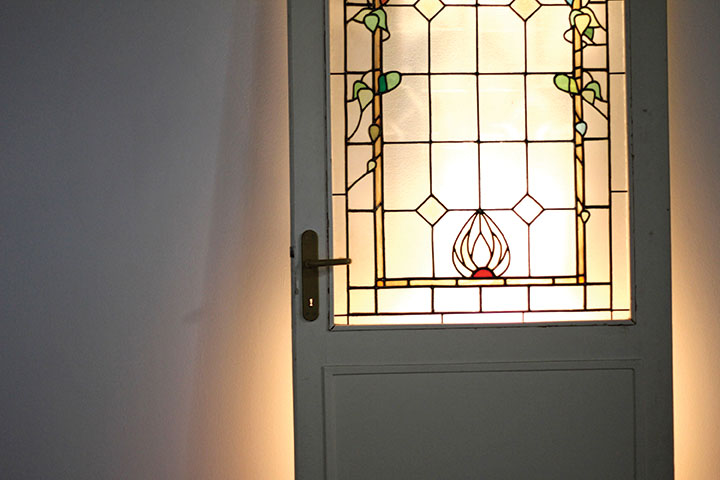
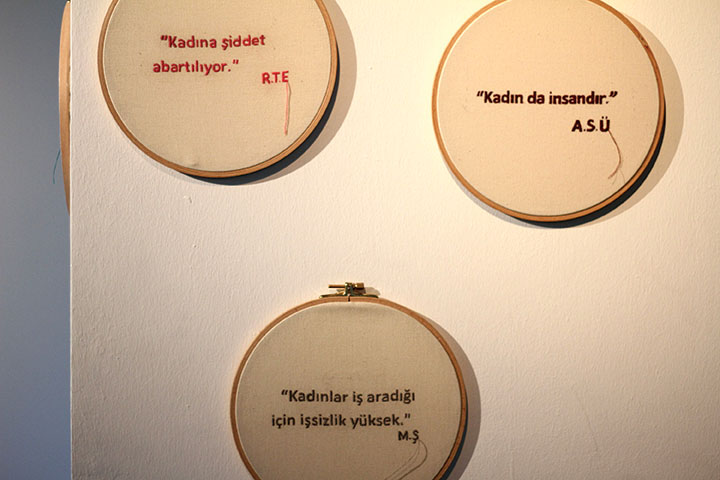
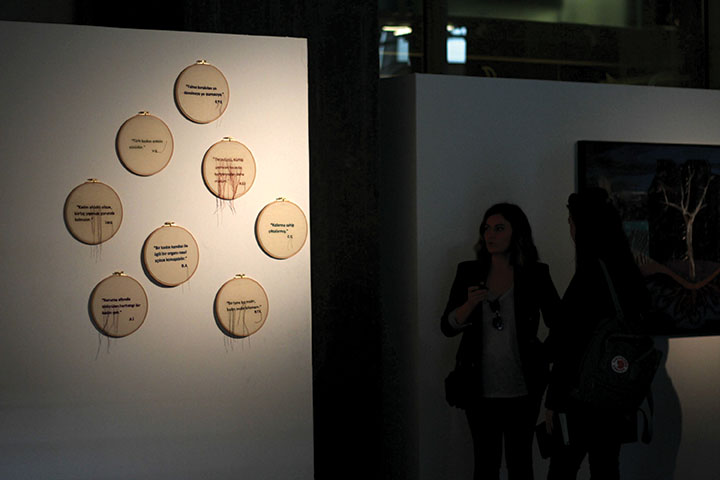
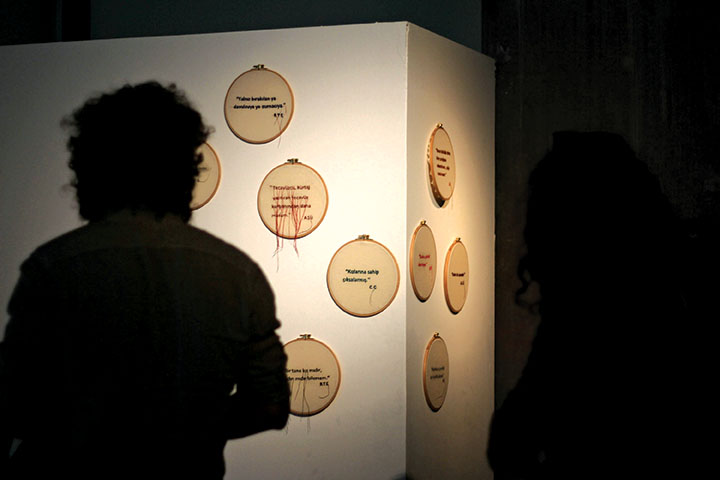
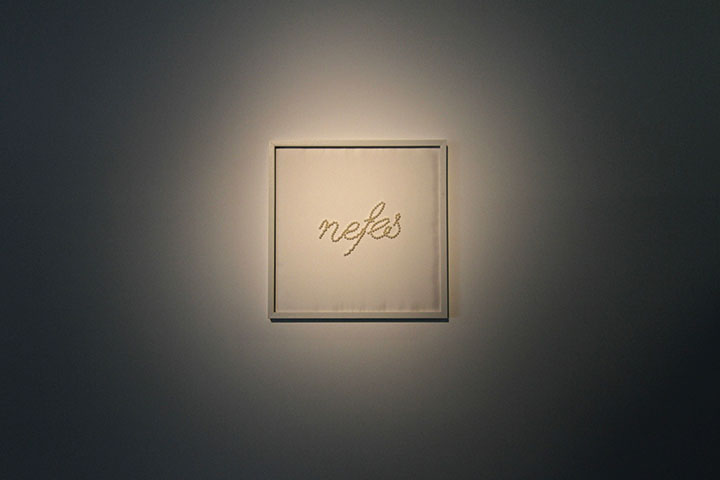
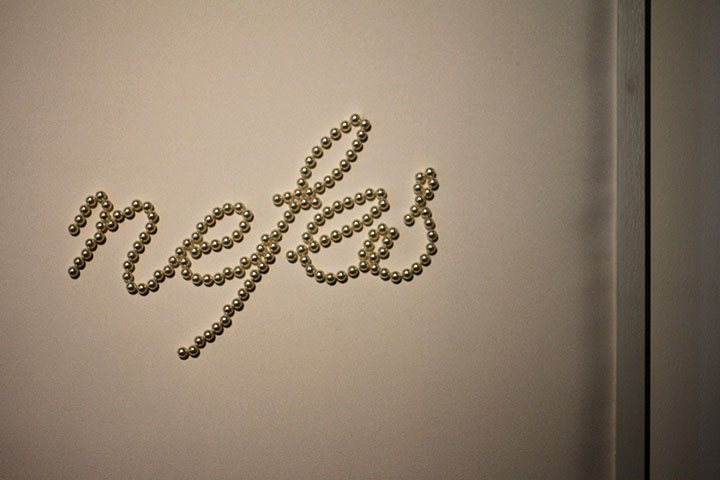
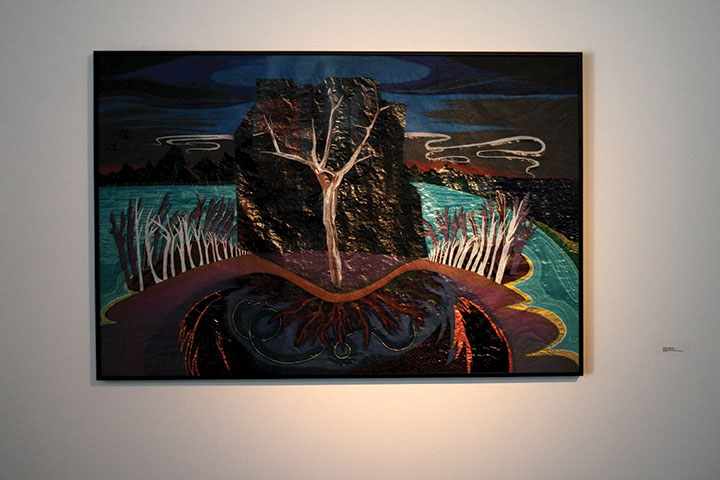
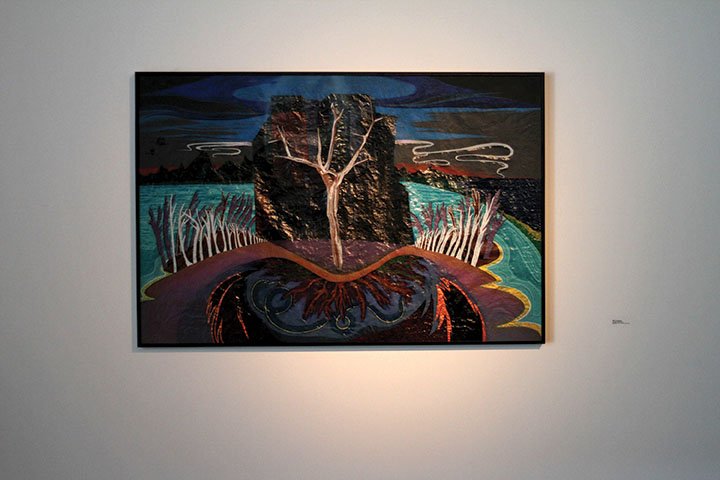
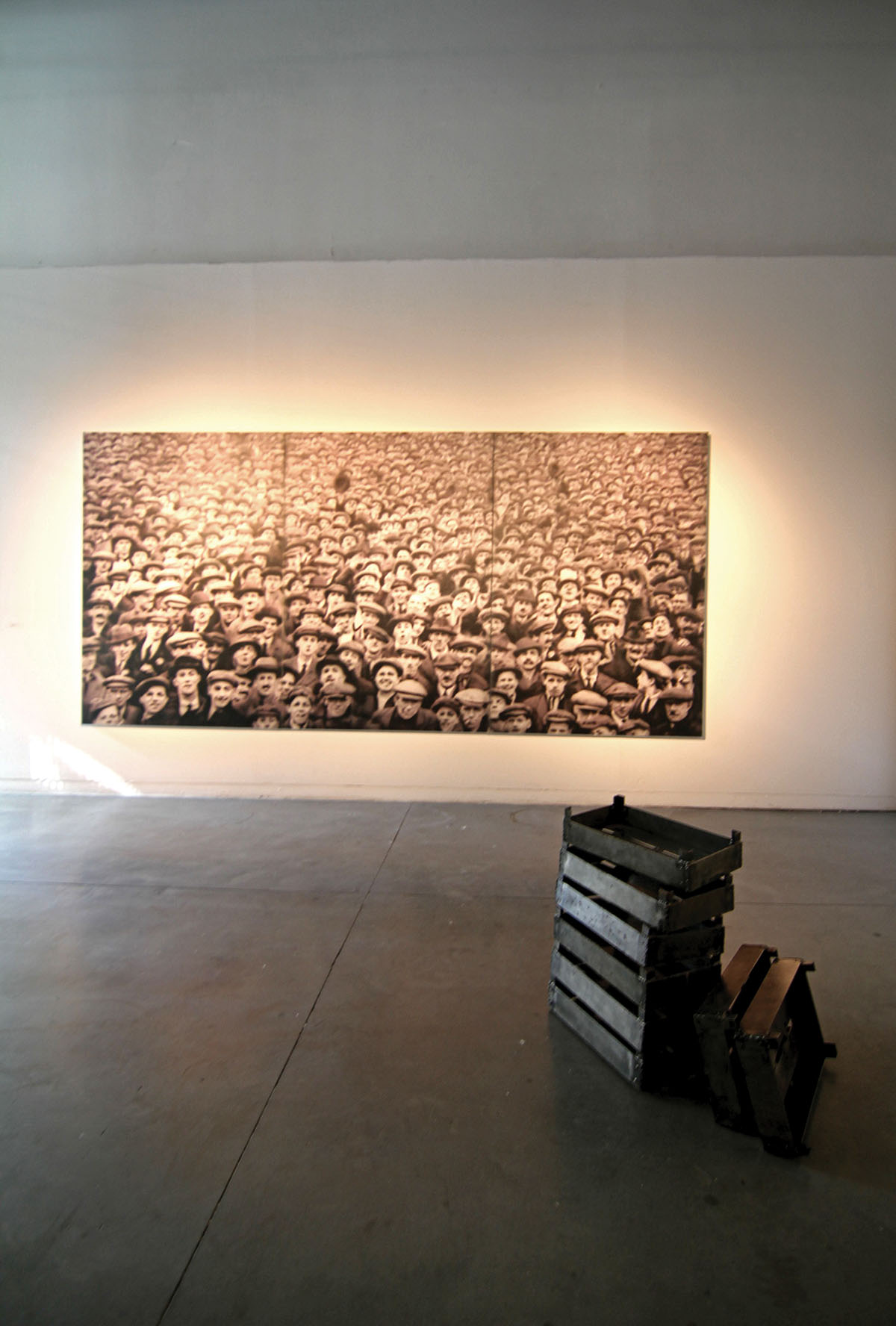
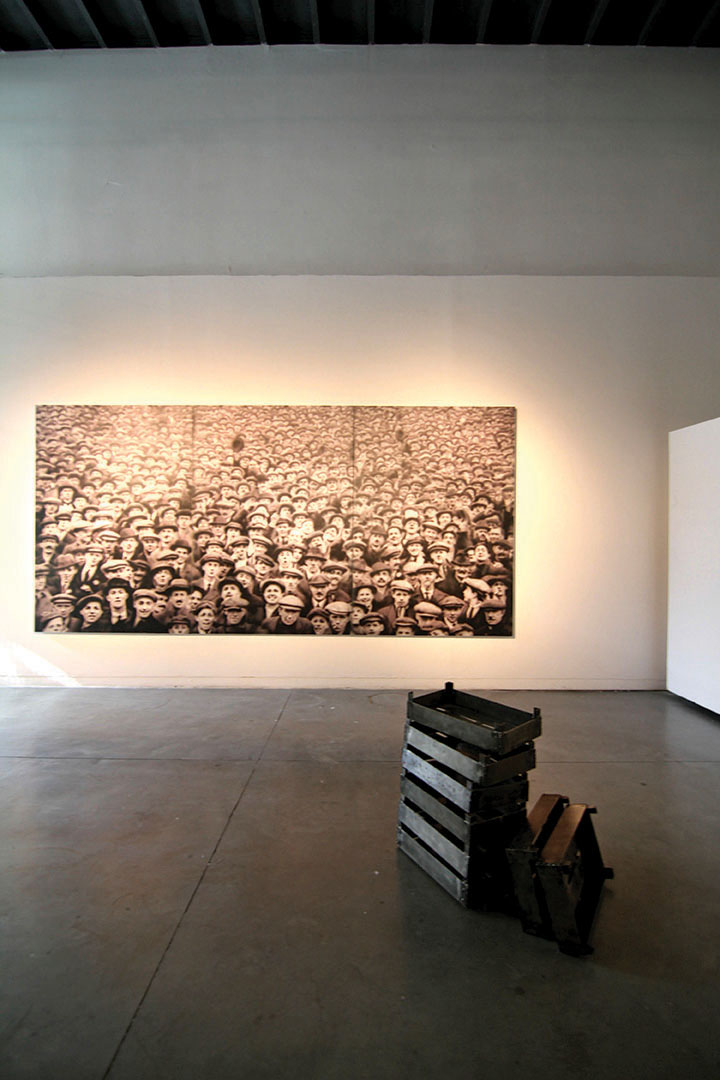
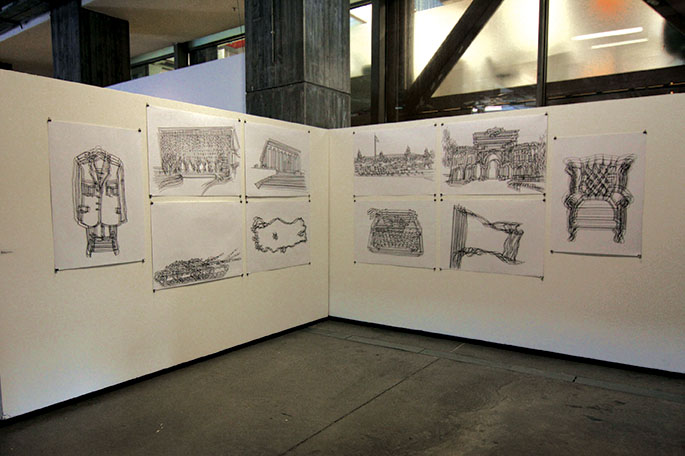

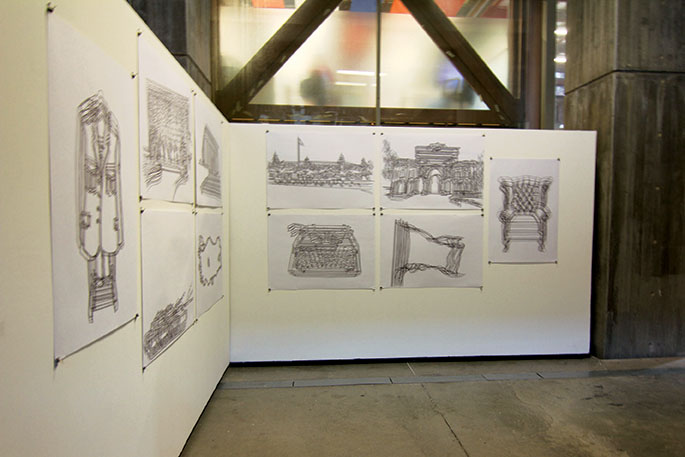
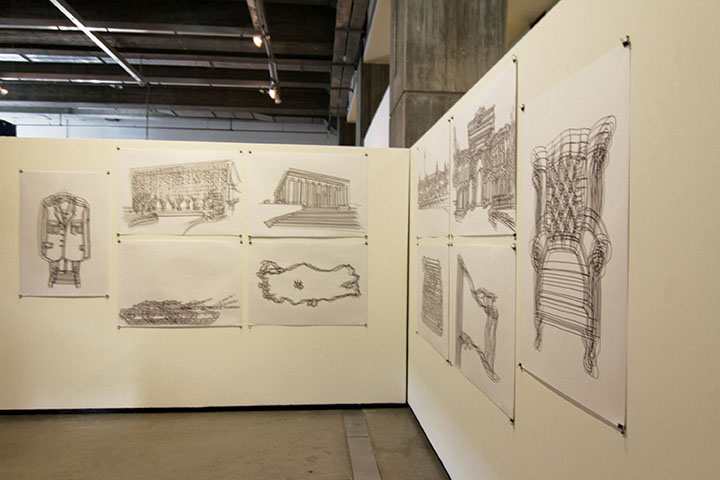
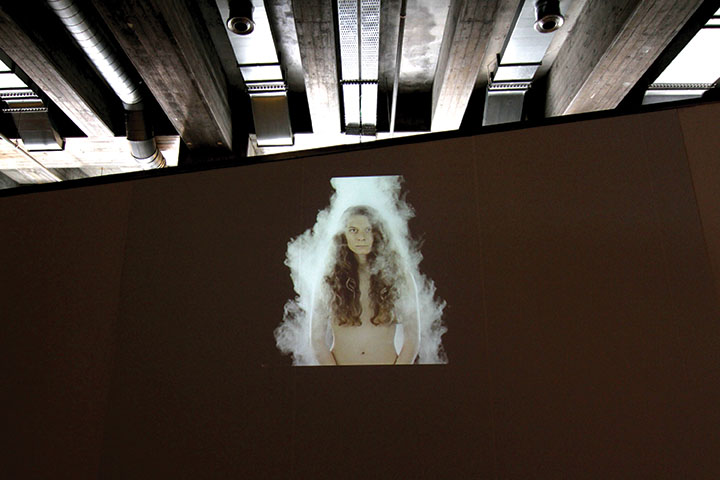
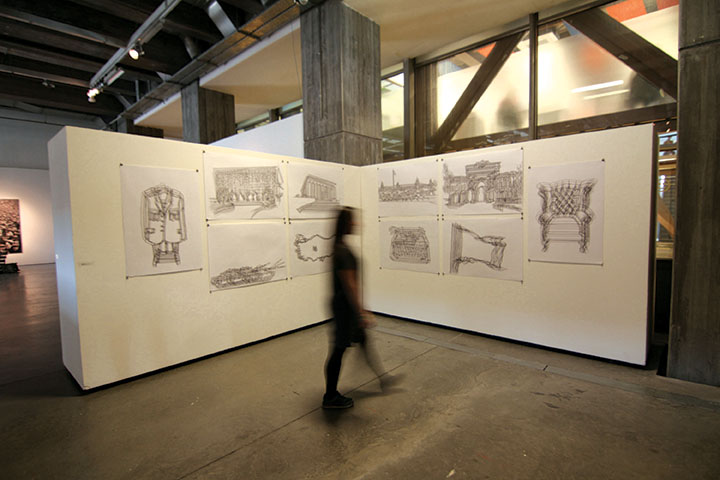
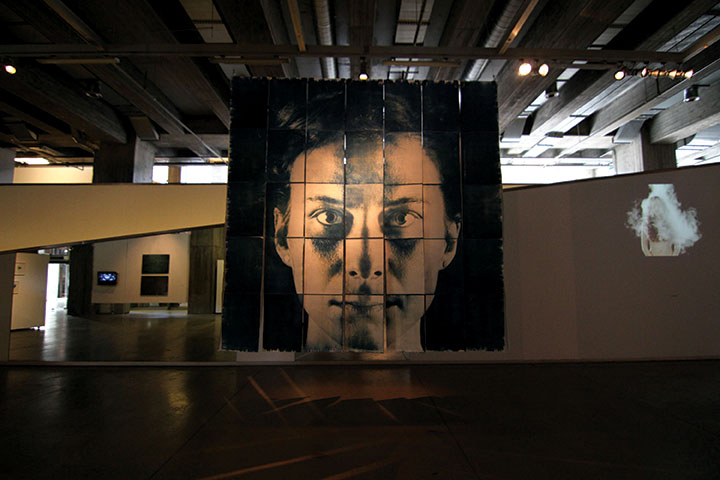
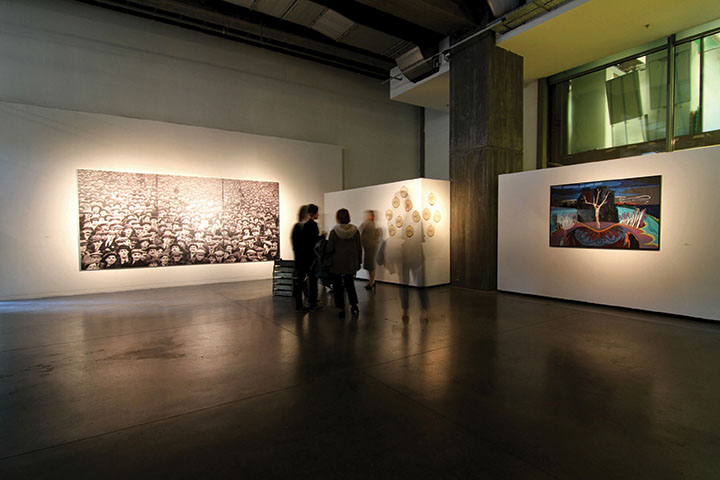
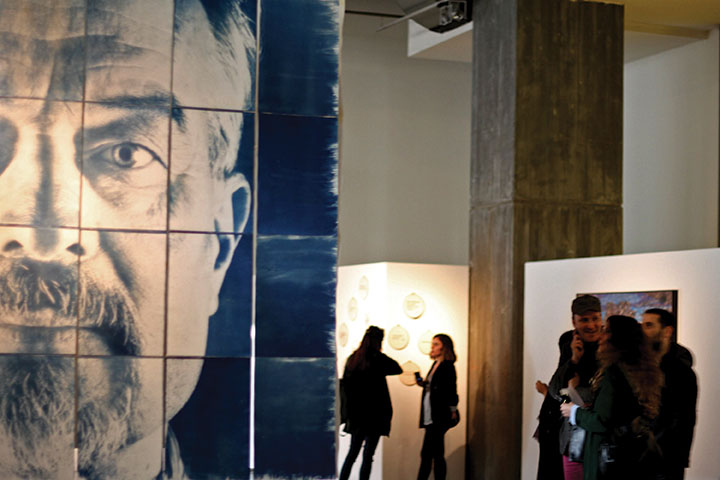
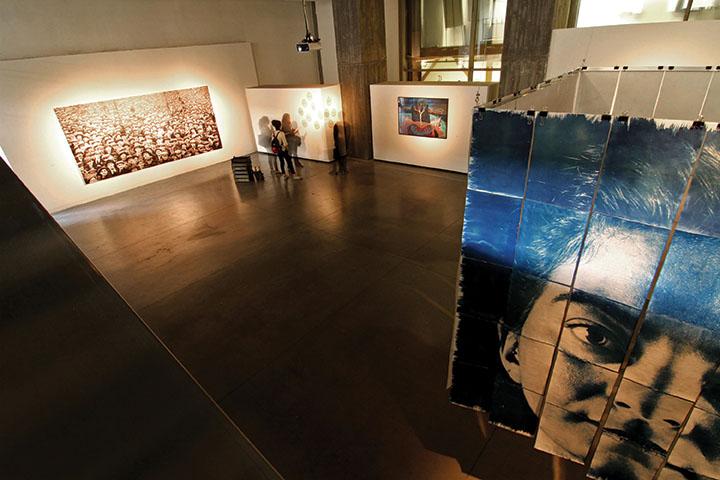
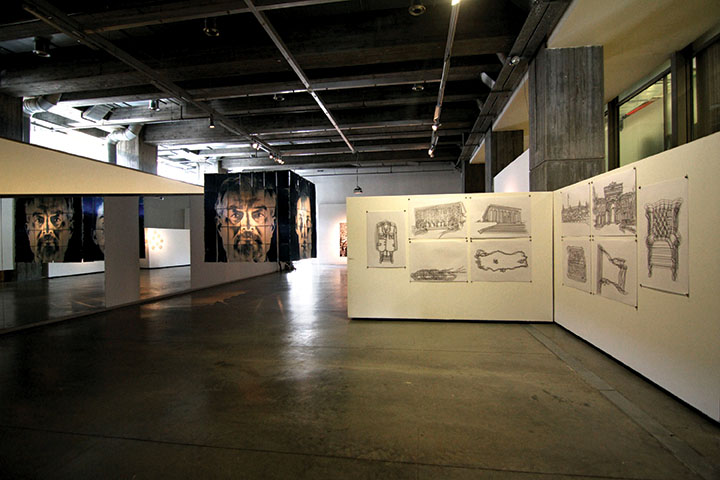
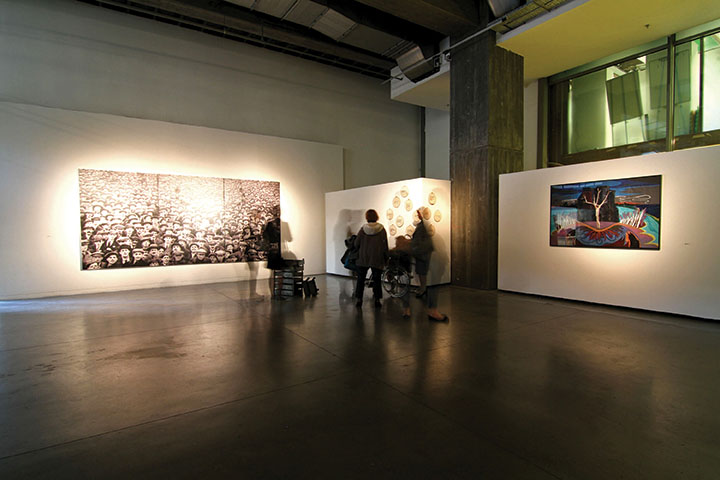
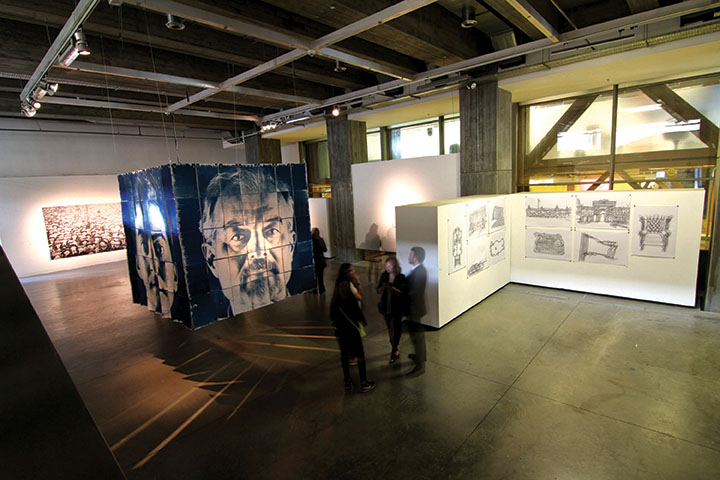
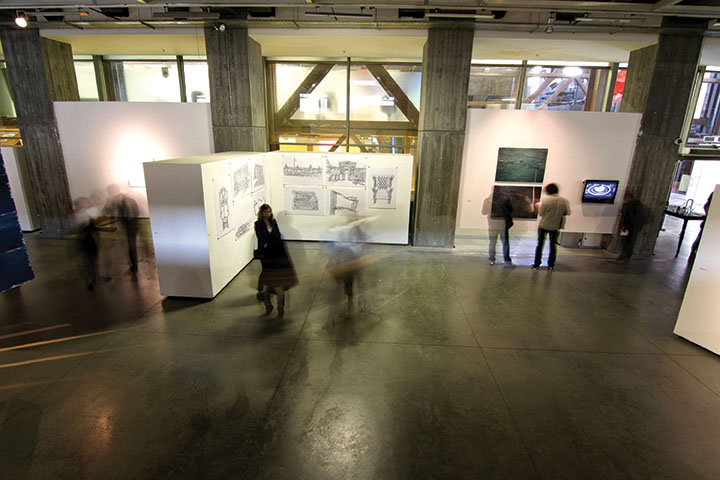
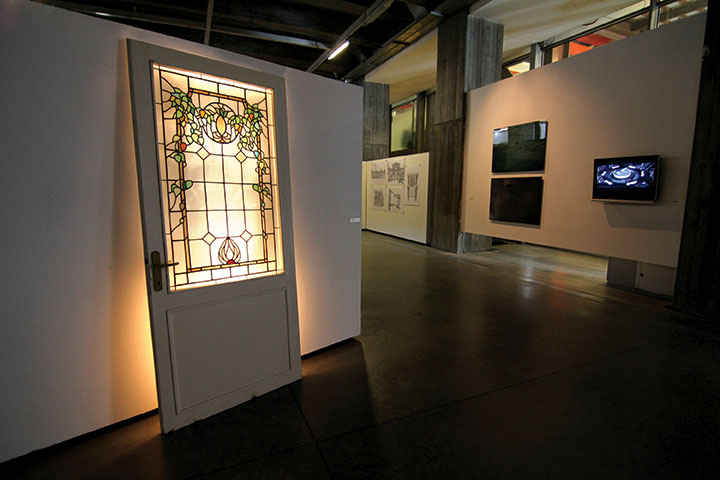
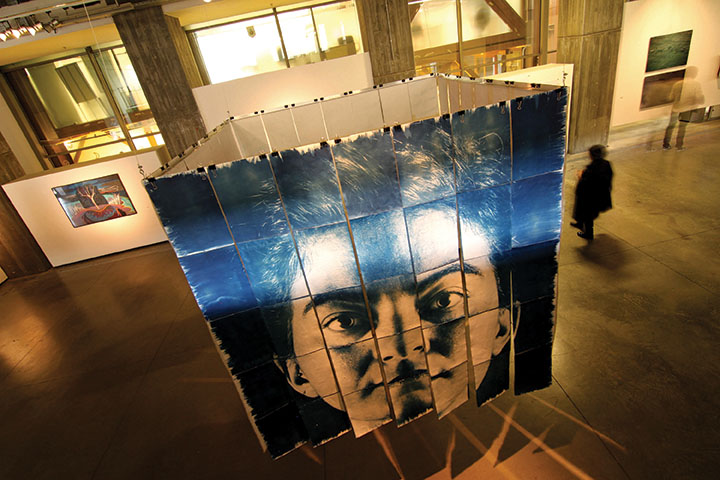
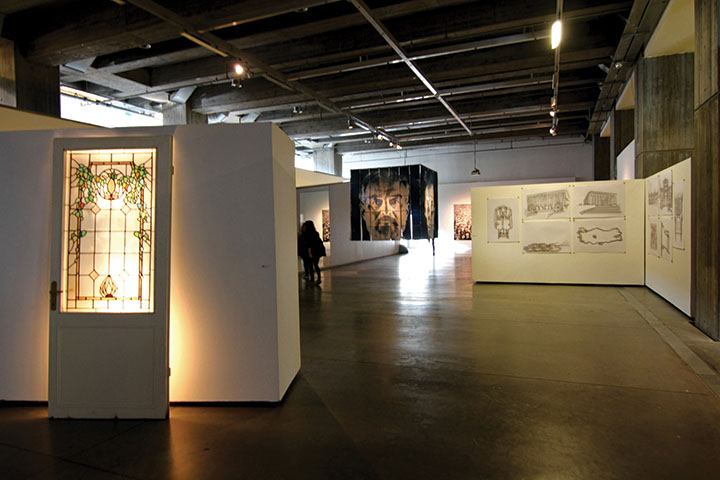
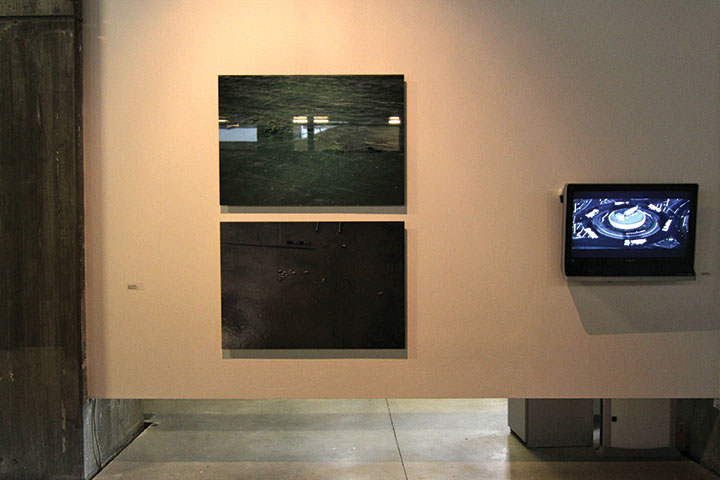
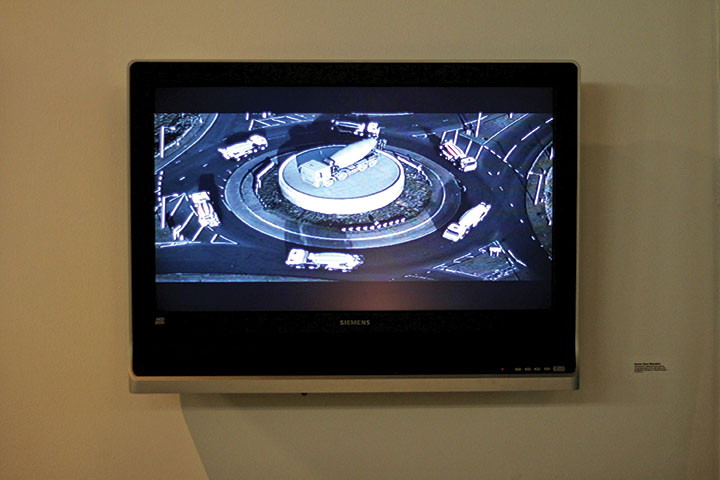
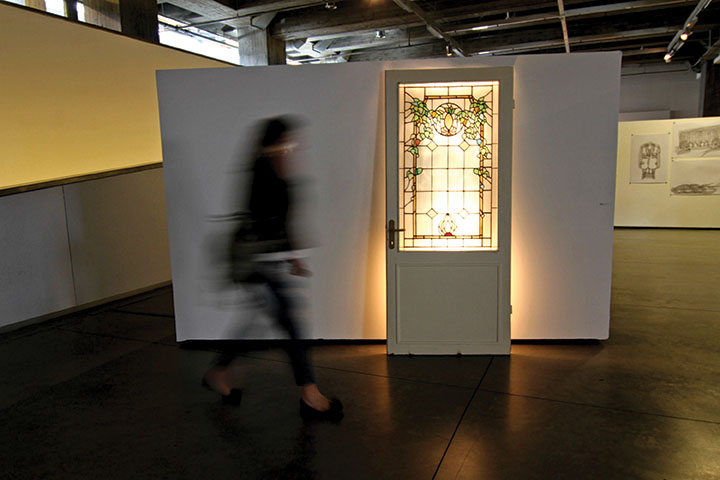
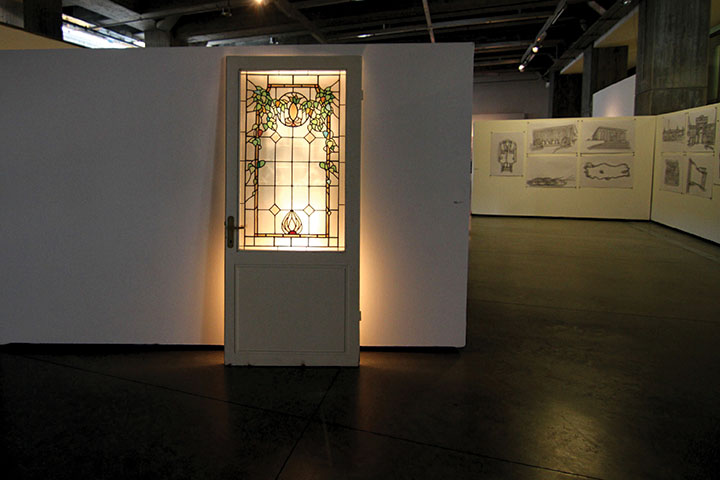
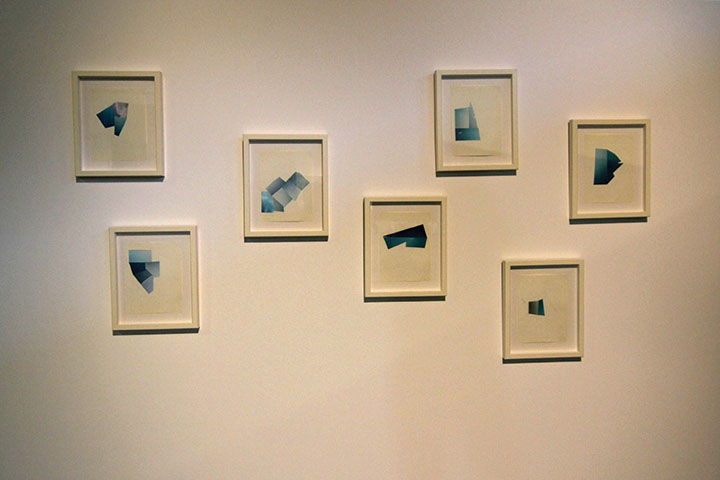
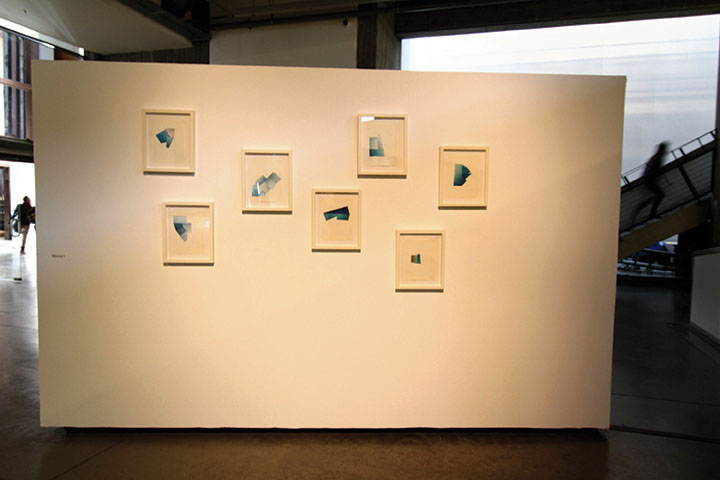
Is it possible today to establish an equal distance between aesthetic utopia and radical art instead of making a polarization/comparison? Can one possibly talk about a disposition that can renounce the power of art to change the world or the unique singularity of objects? Creating a temporary situation rather than a historic certainty; erasing the distances or avoiding contact; building spaces in the same coordinates that are simultaneously personal and common; being so far but yet so close…
In contemporary art, social sensitivity and socio-critical attitude emerges with individual narratives and personal experiences. Artists with the hold of this visual language that has developed in this vein are discussing, questioning, suggesting and drawing attention to the social problems and traumas such as human rights, war, migration, violence, gender inequality and issues like memory, culture, subconscious, technology, ecosystem and urban renewal from the perspective of their own individual disposition and art practice… In this context, the exhibition titled “SO CLOSE FROM FAR…Socio-personal Narratives from Artists” aims to bring the audience together with the works featuring the lives/events/facts, which are watched on the monitors, screens and TV, as if they are quite far from us but which are in fact nearby and among us. It is intended that the exhibition will gather together the artists that are not far from life, point at the micro situations rather than the grand narratives and present their social bonds with their personal perspective.
Çağrı Saray's artwork, a 12-piece engraving serie titled Memory Spaces, includes both images of architectural constructions and also objects and images construing the representations of the destructive power of governments, both of which can be regarded as memory spaces that are about our recent past and collective memory. There are 9 pieces from the serie in the exhibition because the artist uses the mirror in the exhibition area as a part of his artwork and urges the spectator to make sense of the images as “reflection of the reality as simulation” and “the simulation of reversed reflection of reality”. In the artist's video art, feeling like..., the figure grabs “something” from the ground with the basic reflex in a conflict and throws it to the landscape in the front. A resonance similar to the vibrations we can feel in Saray's engravings shows the audience that the image in the front is artificial reality and there is a dimensional difference between the figure and the landscape. What is fascinating about the situation is related to the repetition of the action, which is about the figures’s persuasion process concerning the reality of the space.
Elçin Acun gives reference to relations between individuals with her photo installation Family. This stereotypical family portrait, in which the whole is formed with fragmented images, is viewed in a continuous, obligatory and automatic interaction. Each portrait leans on to another, draws lines and this relationship between the portraits constitutes a loop. The spectacular size of the images and their placement aim to create a representation of the impassable boundaries of introverted relationships in the concept of family. The other work of the artist in the exhibition is a video art titled Tough Times. This video comes forth as the poetic attempt of the artist to quest for the personal through the current events. In the video, the state of the body as tranquil and out of time creates a motion of its own and is not effected by the external factors. Likewise, the factors external to the figure do not occur in their natural course as expected. In the end, the situation becomes surreal and reveals a personal perception merging with the artist’s autoportrait.
Kerem Ozan Bayraktar's works are based on the relationship of the fictive to the historic, cultural and psychological. The artist, who usually combines computer images, photographs and animations, participates in the exhibition with his animation titled An Opening Ceremony for a Public Sculpture which criticizes the micro-power egoism. In the animation one can see trucks circling around a truck monument and this absurd situation creates irony concerning people’s attitude towards their representation. There are other works in the exhibition by the artist which are computer-supported digital prints and titled Ukiyo-e 11 car and Ukiyo-e 102 container. Freezing the stage and putting a distance between the audience and the figures, the artist problematizes the concepts of fiction, reality and representation in these fictional works.
Lara Ögel’s works aim to show how to reinterpret images and how to construct alternative records/dates. Her collage series consisting of 7 photographs, New York After Miami, is an abstract composition involving the reflections of the sky on buildings in New York. Ögel, who describes this abstract composition as a meaningful play-space and a waiting room before going on to other readings, has another work in the exhibition titled Untitled (Door) which is a prefabricated wooden door inspired by her past and memory. Thus private and common spaces are formed together, communicate with one another and the artist creates unsteady and borderless situations.
Manolya Çelikler chooses the woman identity for her works and tells the story of its alienation with its semiotics again. She creates a different form of expression using needlework, which is considered exclusive to women in her series in the exhibition titled Words Fly Writing Remains in Both Worlds. Her needlework technique brings the texture of her works closer to woman identity and yet the incomplete feeling of the surface emphasizes the intrinsic complication of the material as well as the looseness and sustainability of discourses with open-ended contours at the same time. With a self-slapping work technique that handles pain, Çelikler is interested in drawing attention to the manipulation in the perception of woman image through defectively bringing together the quoted words of politicians with as quite a real form again.
Sevil Tunaboylu’s recent works are products of an awakening about a more general (social) problem leaving the personal center behind. The artist frequently focuses on characters/scenes that she takes out from a photograph that she ran into or a memory that she does not wish to forget. Perhaps the artist is bringing out silhouettes from a many-colored world that is left behind, rewriting a story, in a way keeping a record of the collective memory through scraping her personal memory with these characters/scenes. Reminding herself constantly of her identity and existence and building an epic world in which persons and things are real, Tunaboylu participates in the exhibition with her work Nature Morte. She invites us to question our roots leaving us alone with an uninhabited, uncanny and dark landscape in which no figure can be seen.
Tunca reinterprets the objective relations between the design culture and social life by producing the market crates from metal in this exhibition in order to refer to the “market” concept that plays a role in our culture with his work Untitled, which consists of 10 metal crates. While giving an ironic reference to the commodity value of the artwork and the art-market relations, the artist is also putting a critical distance to the perception of art produced as part of culture industry. Tunca’s second work in the exhibition, Untitled, is a composition consisting of three canvases formed by match-up methods which refers to historic photographs that pass as documents and the painting tradition. This great-scale painting which reveals the work-labor-production-class concepts through the image it carries also gives reference to artists like Brugel, Bosch and historical forms like old altarpieces.
Özgül Arslan adopts a narration that takes woman image, which is shaped through formal ideologies, masculine power and consumption culture to the center in her latest works. Analyzing the impressions about the contemporary life, perceptional differences and personal experiences content-wise, the artist is engaged in the commonalities of the personal and the universal. Her work in the exhibition, Breath, points out to a need in terms of the position of woman in society, setting out from her personal experiences. If breathing/being able to breathe is a need in life, drawing attention to a break/a breath break that every identity in the social structure needs, the work comprises pearl engraving on satin. The artist is interested in developing a personal and authentic disposition in the face of the mechanisms of art history, artist identity and contemporary art with her production techniques that reveals a coherent diversity.
































